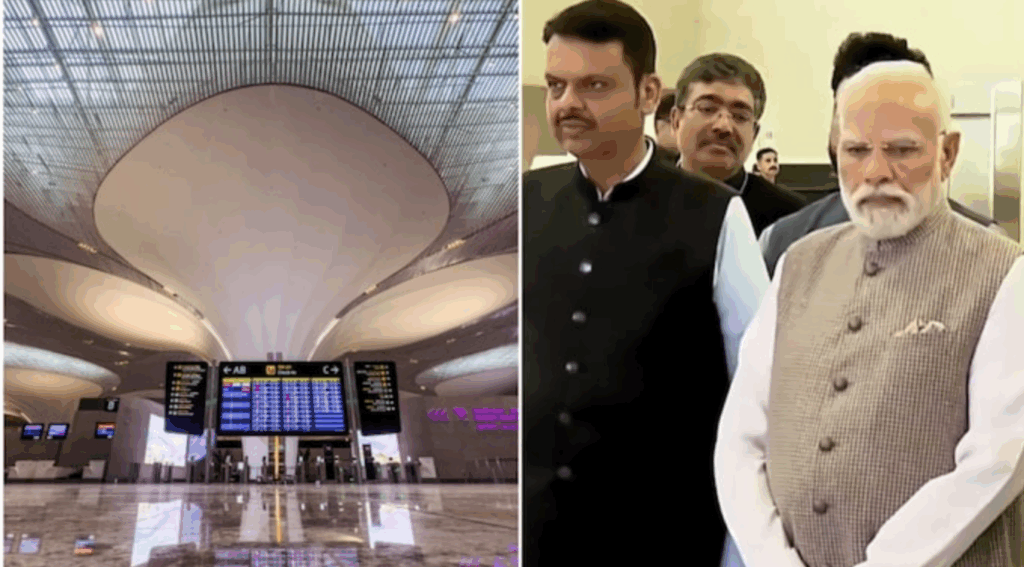Prime Minister Narendra Modi inaugurated the Navi Mumbai International Airport (NMIA) on October 8, marking Mumbai’s entry into the league of global cities like London, New York, and Tokyo that have multiple airports. Built under a public-private partnership between Adani Airport Holdings and CIDCO, NMIA is set to begin commercial operations in December 2025.

1. India’s First Fully Digital Airport
Navi Mumbai Airport will be the country’s first 100% digital airport, offering cutting-edge facilities such as AI-enabled terminals, online baggage drop, digital immigration, and pre-booked parking. Passengers can expect an entirely automated experience from check-in to boarding.
2. World-Class Capacity and Design
Spread across 1,160 hectares, the airport will initially handle 20 million passengers annually with one runway and terminal. Once fully operational, it will expand to 155 million passengers per year with four terminals and two runways—making it one of the largest aviation hubs in Asia.
3. ₹19,650 Crore Mega Project
Built at a staggering ₹19,650 crore, NMIA will be a massive economic driver, creating over 2 lakh jobs in sectors like aviation, logistics, IT, hospitality, and real estate.
4. Airlines Ready for Takeoff
Leading carriers such as IndiGo, Air India Express, and Akasa Air have already confirmed operations, connecting Navi Mumbai to key domestic and international destinations.
5. Operations Begin in December
Commercial operations are expected to start in December 2025, with 40% international traffic in the initial phase, rising to 75% later. The airport will operate 12 hours daily at first.
6. An ‘Anxiety-Free’ Travel Experience
Adani Airports CEO Arun Bansal described NMIA as an “anxiety-free airport”, where passengers can track their luggage in real time—receiving alerts such as “Your bag is number 20 on the carousel.”
7. India’s First Multimodal Aviation Hub
NMIA will be the first major Indian airport seamlessly integrated with expressways, metro lines, suburban rail, and waterway services, redefining urban connectivity and convenience.

